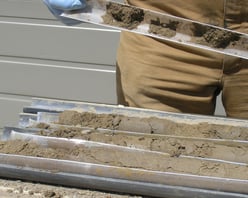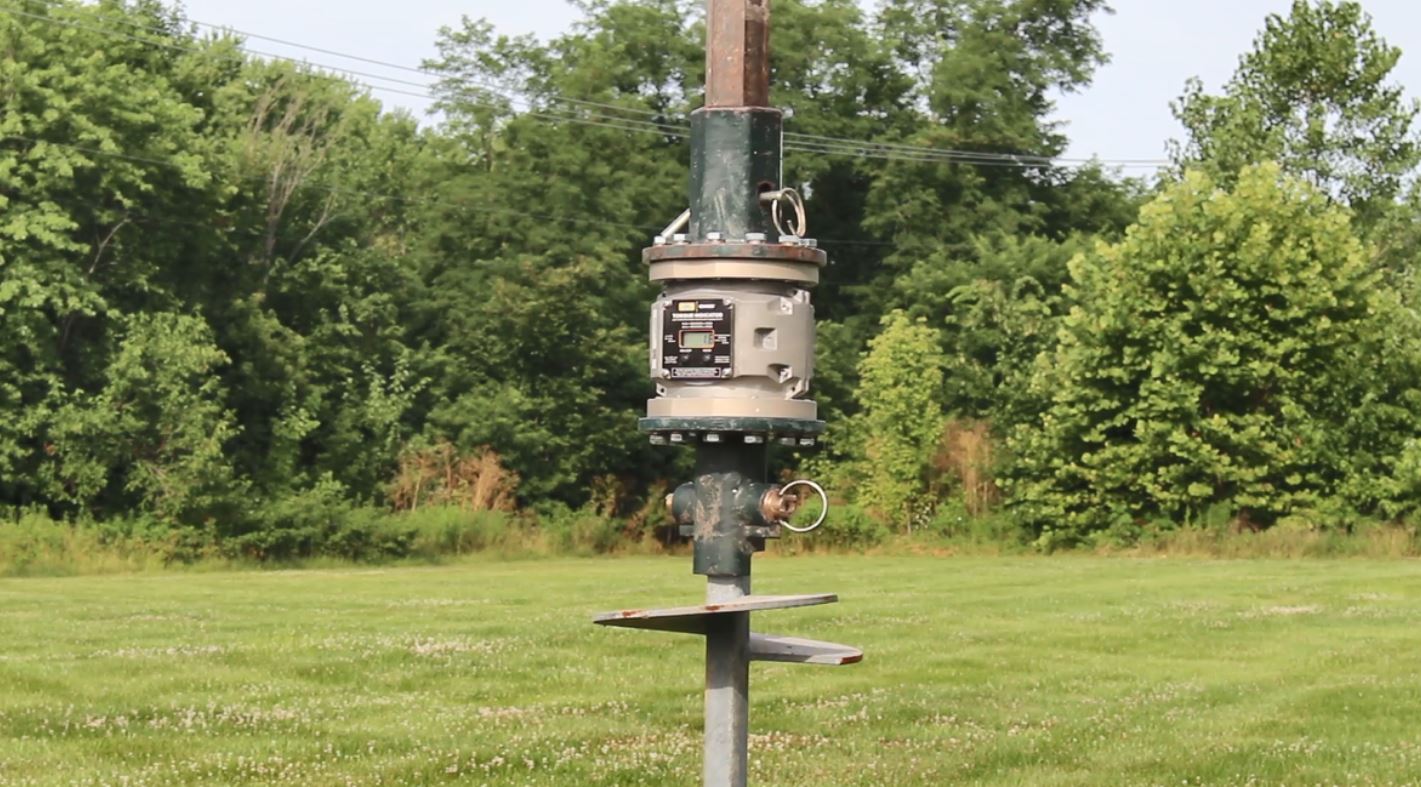All Engineers can relate to an experience we’ve had where what we designed was not how it turned out in “the real world”. Rarely does a project end up being exactly as what we put down on paper. Soil testing for foundation supports is no exception and unfortunately these differences almost never end on the positive side of a cost estimate.
One way to mitigate those differences is to use a testing process which directly relates with the type of foundation being used. For helical piles, while there are well-established trends between ASTM D1586 N60 blow count N values and potential pile length, even the slightest variations in testing methods and/or soil description can create significant differences in the “design” versus “reality”. The more accurate method for a helical pile foundation design would be to do actual torque tests (a.k.a. helical probe tests) at the site.
 While most designs initially begin with a Geotechnical Report including boring logs, for helical piles using an actual torque test prior to start of work instead will provide a much more accurate picture of soil capacity and allow for a finite design. Even with boring logs and N60 blow counts being used for preliminary designs, a torque test can be used to “fine-tune” the foundation design. Many owners might think that the additional cost associated with a site torque test, albeit nominal, is not needed. However, time and time again, the small additional cost has proven to save substantial money on the foundation project by allowing the engineer to confirm and enhance their foundation design.
While most designs initially begin with a Geotechnical Report including boring logs, for helical piles using an actual torque test prior to start of work instead will provide a much more accurate picture of soil capacity and allow for a finite design. Even with boring logs and N60 blow counts being used for preliminary designs, a torque test can be used to “fine-tune” the foundation design. Many owners might think that the additional cost associated with a site torque test, albeit nominal, is not needed. However, time and time again, the small additional cost has proven to save substantial money on the foundation project by allowing the engineer to confirm and enhance their foundation design.
In addition, site torque tests can be incorporated directly into a design created in the HeliCAP® v3.0 Helical Capacity Design software to provide real time updates to designs giving better solutions with more confidence. Adding actual jobsite torque values into a design created in HeliCAP allows for accurate evaluations and improvements. Also, since HeliCAP is cloud based, field torque values can be compared to the theoretical design in real time – thus making “real world” design modifications even quicker in the production schedule.


